-1060x400w.png)
.png)
✔️ Uses of Pevitin Cream
Relieves inflammatory and itching symptoms of corticosteroid-responsive skin diseases (dermatoses) of the following conditions:
- Seborrheic otitis externa (ear infection)
- Dermatitis (skin inflammation)
- Contact allergic dermatitis (an itchy skin rash caused by allergies)
- Winter dermatitis (a skin disease that occurs during winter)
- Eczema (a dry, itchy, inflamed skin condition)
- Psoriasis (a skin disorder with raised, rough, reddened areas covered with dry, fine silvery scales)
- Diaper rash
✔️ How Pevitin Cream works?
Pevitin Cream is a corticosteroid that blocks the production of certain chemical messengers called prostaglandins that cause pain, inflammation, and allergy reactions.
✔️ Direction for using Pevitin Cream
- Apply Pevitin Cream as directed by your physician.
- It is for external use only. Wash your hands with soap and water and apply a thin layer of the medicine to the affected area of the skin and rub it gently.
- Do not apply it to or near the eyes. Do not wrap or cover the skin with a bandage unless advised by the doctor.
✔️ Side Effects of Pevitin Cream
- Irritation
- Itching
- Redness
- Burning Sensation
- Pruritis
✔️ What if you Forget to take Pevitin Cream
If you miss a dose of Pevitin Cream, apply it as soon as possible. However, if it is almost time for your next dose, skip the missed dose and go back to your regular schedule. Do not double the dose.
✔️ Quick Suggestions:
- As directed by your doctor, Pevitin Cream has to be applied in a thin layer to the afflicted region.
- Never use Pevitin Cream more frequently or for a longer period of time than recommended by your doctor.
- Wash the afflicted area with soap and water and thoroughly dry it before applying each treatment.
- Avoid getting Pevitin Cream in your mouth, nose, or eyes. If you accidentally acquire it in these locations, rinse it with cold water.
- Without a doctor's prescription, avoid covering the area being treated with airtight coverings like bandages since this might raise the chance of adverse effects.
- If, after 2-4 weeks of therapy, the affected region of the skin does not improve, let your doctor know.
✔️ Indications of Pevitin Cream
Athlete's foot, jock itch, and ringworm are just a few of the fungal skin illnesses that are treated with econazole. Additionally, pityriasis (tinea versicolor), a fungal infection that results in the lightening or darkening of the skin on the neck, chest, arms, or legs, is treated with this medicine. Econazole is an azole antifungal that functions by inhibiting fungus development.
✔️ Pharmacology of Pevitin Cream
Econazole Nitrate: Econazole modifies the permeability of cell wall membrane in fungi; may interfere with RNA and protein synthesis, and lipid metabolism.
Triamcinolone: It has mainly glucocorticoid activity. It suppresses the migration of polymorphonuclear leukocytes and reduces capillary permeability thereby decreasing inflammation.
✔️ Dosage & Administration of Pevitin Cream
Adults:
- Pevitin Cream should be applied sparingly to the skin lesion no more than 2 times daily, preferably once in the morning and once in the evening.
- Pevitin Cream should not be applied with an occlusive dressing or too large areas of skin on the body.
- The duration of treatment with Pevitin Cream should continue until the inflammatory symptoms subside but not longer than 2 weeks; after 2 weeks of therapy with this cream, continue therapy as needed with a preparation containing econazole or econazole nitrate alone.
Pediatric Use:
- Pediatric patients may demonstrate greater susceptibility to topical corticosteroid-induced HPA axis suppression and Cushing's syndrome than mature patients because of a larger skin surface area to body weight. Caution should be exercised.
Pevitin Cream is for external use only. Use it in the dose and duration as advised by your doctor. Check the label for directions before use. Clean and dry the affected area and gently massage the ointment.
✔️ Interaction of Pevitin Cream
Econazole is a medication taken orally to prevent blood clotting, and it is broken down in the body by the CYP3A4/2C9 enzyme, which is also responsible for metabolizing other anticoagulants like warfarin and acenocoumarol.
Triamcinolone reduces the levels of salicylates in the bloodstream. NSAIDs (non-steroidal anti-inflammatory drugs) raise the risk of gastrointestinal bleeding and the formation of ulcers. They also counteract the blood glucose-lowering effects of antidiabetic medications. Amphotericin B, beta-blockers, potassium-depleting diuretics, and theophylline all increase the chances of experiencing hyperkalemia (elevated potassium levels in the blood). When used alongside ciclosporin, carbamazepine, phenytoin, barbiturates, and rifampicin, triamcinolone is cleared from the body more quickly.
✔️ Contraindications
Pevitin Cream is contraindicated-
- In people who have exhibited hypersensitivity to one or more of the components.
- Pevitin Cream, like any other corticosteroid-containing dermatological preparation, is contraindicated in certain skin disorders, such as tuberculosis, varicella, herpes simplex, or other viral skin infections, or fresh vaccination sites.
- Ulcers of Decubitus: Infections of the skin caused by viruses, bacteria, or fungi (e.g. tuberculosis of the skin, syphilis of the skin, herpes simplex, herpes zoster, chickenpox).
- Rosacea and rosacea-like dermatitis are two types of rosacea.
✔️ Pregnancy & Lactation
Pregnancy:
- Triamcinolone Acetonide, not Econazole, enters the placenta, therefore topical corticosteroids during pregnancy can induce fetal development defects. The applicability of this discovery to humans has yet to be determined. Topical steroids in big doses or for lengthy periods of time should not be used during pregnancy.
Lactation:
- A tiny amount of econazole and, to a lesser extent, Triamcinolone is secreted in breast milk. As a result, this cream should not be given to a breastfeeding woman, or if it is, lactation should be stopped during therapy.
✔️ Precautions & Warnings
- For external use only. Pevitin Cream is not for ophthalmic or oral use.
- If a reaction suggesting hypersensitivity or chemical irritation should occur, the use of the medication should be discontinued.
- Corticosteroids applied to the skin can be absorbed in sufficient amounts to produce systemic effects, including adrenal suppression. Systemic absorption may be increased by various factors such as application over a large skin surface area, application to damaged skin, an application under occlusive skin dressings, and prolonged duration of therapy.
- Topical corticosteroids are associated with skin thinning and atrophy, striae, telangiectasis, and purpura.
- Topical corticosteroids may lead to an increased risk of dermatological superinfection or opportunistic infection.
Children:
- Increased caution is required when treating children. Compared to adults, the nature of a child's skin and the larger skin surface area relative to body weight may lead to increased absorption of the corticosteroid via the child's skin.
- Pevitin Cream should be used in children only for short periods of time (less than 2 weeks) and on small areas (less than 10% of body surface area).
- Visual disturbance may be associated with systemic and topical corticosteroid use.
- If a patient presents with symptoms such as blurred vision or other visual disturbances, the patient should be considered for referral to an ophthalmologist for evaluation of possible causes which may include cataracts, glaucoma, or rare diseases such as central serous chorioretinopathy (CSCR).
✔️ Storage Conditions
Store in a cool (below 30°C) and dry place, away from light. Keep out of the reach of children.


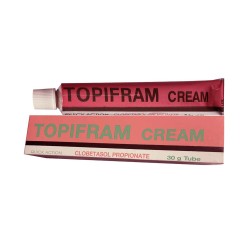
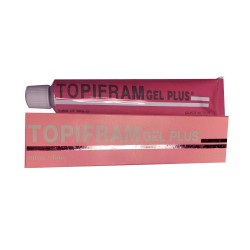
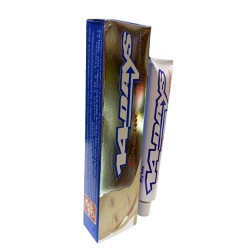
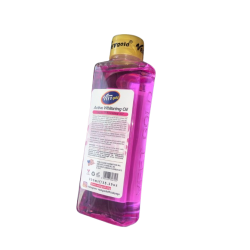
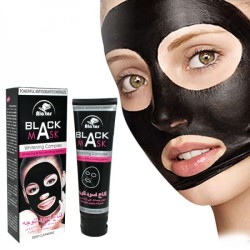
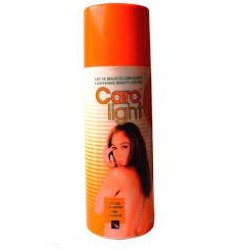
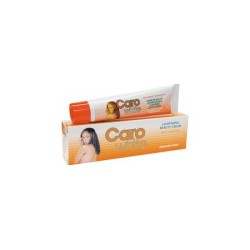
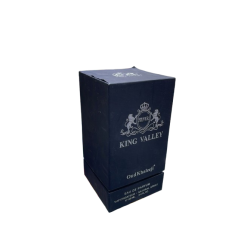

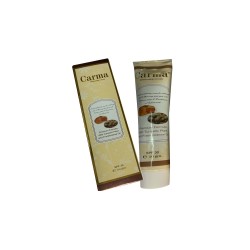
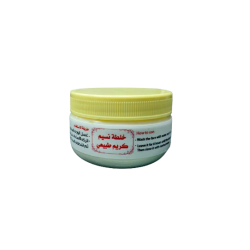
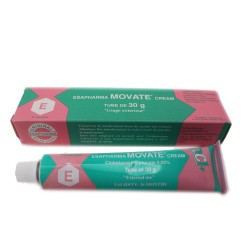
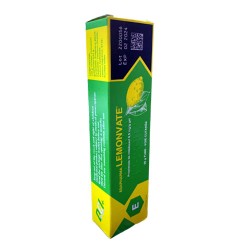


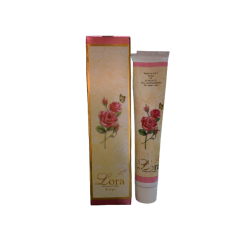



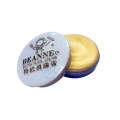
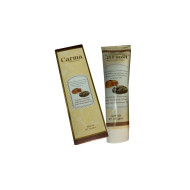
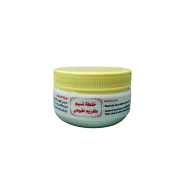
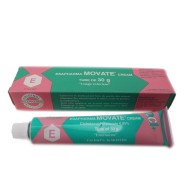
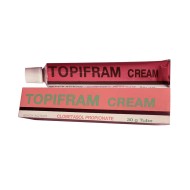
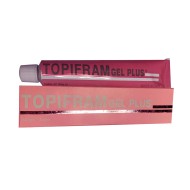
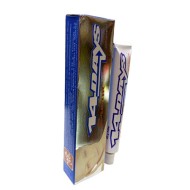
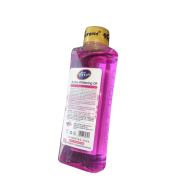
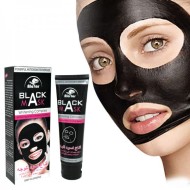
Leave a Comment